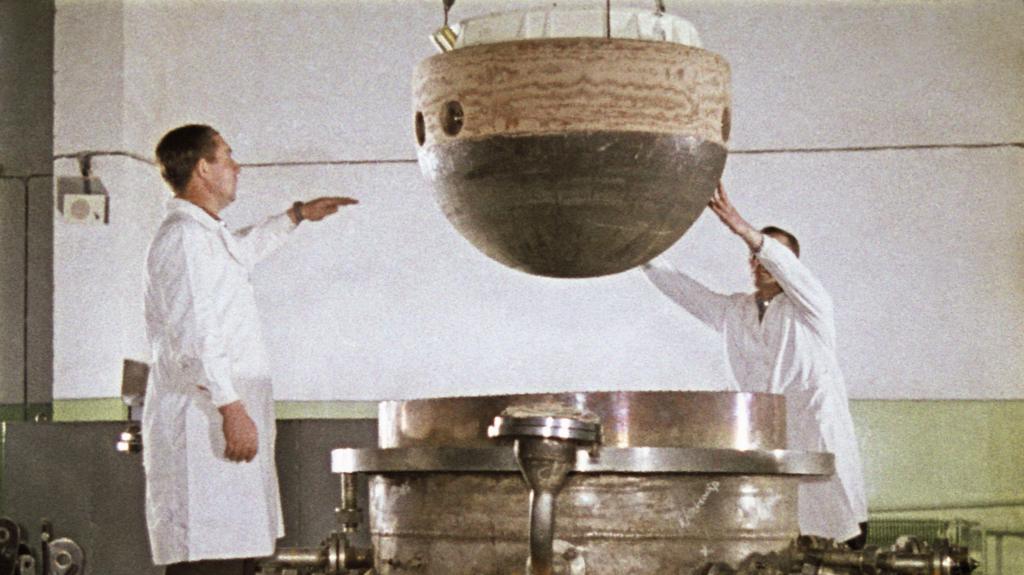The European Space Agency (ESA) reports that a component of a Soviet-era spacecraft, orbiting Earth for over five decades, has likely re-entered the atmosphere.
Launched in 1972, Kosmos 482, a Venus mission, failed to leave Earth’s orbit, fragmenting into four pieces. The EU Space Surveillance and Tracking centre (SST) indicates one fragment, presumed to be the lander, most probably re-entered the atmosphere around 06:16 GMT on Saturday.
Its ground impact or atmospheric disintegration remains unconfirmed, as does the precise re-entry location. While much remains unknown, the high percentage of Earth covered by water significantly lessens the probability of substantial damage.
ESA senior analyst Stijn Lemmens emphasized the extremely low risk of impact, stating it’s statistically less likely than winning the lottery. Kosmos 482’s lander, designed to withstand Venus’s harsh atmosphere, possessed a robust heat shield and structure, potentially enabling atmospheric survival.
However, its parachute system, intended for the Venus landing, is likely degraded after fifty years in space. Mr. Lemmens notes that atmospheric re-entry of human-made objects is frequent, occurring weekly for larger spacecraft and daily for smaller ones, with most burning up completely.
Previous notable re-entries include China’s Long March 5B booster in 2022 and the Tiangong-1 space station in 2018. Kosmos 482 is currently under close observation by international space agencies.
Mr. Lemmens advocates for future spacecraft designs that facilitate safe, controlled re-entries, enabling precise landing predictions. This would minimize the risk of populated area impacts, safeguarding lives and property while mitigating environmental consequences of space debris.

